Contributions of Analytical Chemistry

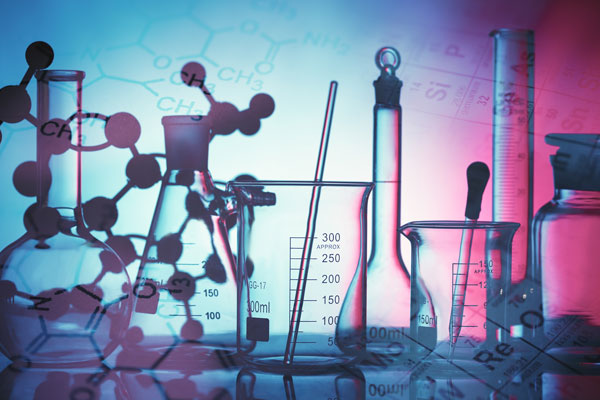
Analytical Chemistry is an applied branch of chemistry that concerns with the study of chemical composition of materials in terms of composition and how much quantity of each component is present. It proved indispensable to our understanding of basic branches of chemistry, such as, organic, inorganic, physical and biochemistry. The analytical techniques have made possible understanding of matter ranging from atoms to the complex molecular structures of materials .Analytical Chemistry has been used for studies on diverse materials ranging from naturally occurring materials, synthetic materials, ocean bed surveys to studies on extra-terristrial matter. Evaluation of Impact on environment through human activities would not have been possible without resorting to analytical techniques..
The earlier contribution of analytical chemistry was mainly concerned with what elements and compounds were present in the environment and mineral resources using conventional classical methods. Flame emission spectroscopy was first instrumental technique used in 1860 by Bunsen and Kirchoff for discovery of Rubidium and Caesium. Most of the developments in analytical chemistry took place after 1900 and significantly after 1970 with advances in instrumental methods of analysis. It became possible to detect components of samples in concentration ranges from percentage levels to ppm, ppb or even lower levels This has led to understanding the nature of materials in diverse fields such as environmental, pharmaceuticals, foods industrial products, medical investigations and forensics besides contributions in the field of basic research..
Traditionally analytical chemistry aims to study a material through qualitative and quantitative methods. Qualitative analysis confirms the presence of a particular element or a compound or a particular functional group in a sample. Quantitative analysis is subsequently used to determine the quantity of the element or compound in a sample.
Classical Analytical Techniques
Classical techniques to this day still form the backbone of must undergraduate level educational and industrial laboratories though instrumental techniques are rapidly replacing them due to increased advantages of speed and accuracy.The earliest techniques were by and large gravimetric and used for studies of elemental composition of materials. Subsequently titration methods contributed to acid base and other estimations in solutions. Systematic schemes were developed for both qualitative and quantitative analysis of common organic and inorganic components of mixtures and several renowned publications emerged covering the vast spectrum of analysis.
Modern Analytical Techniques
Advances in instrumentation and computers have made significant growth possible in analytical sciences. This has made possible studies of complex structures of materials in diverse areas such as nanotechnology, polymers, biotechnology, industrial, forensics, and environmental monitoring.
Analytical chemistry research is largely driven by performance (notably sensitivity, selectivity, ruggedness, large linear range, precision, speed and cost ) considerations. Notably advances have been witnessed in chromatographic techniques, spectroscopic analysis, electrochemical methods thermal methods of analysis and ultra trace metal analysis in different matrices. Combination techniques utilizing two or more instruments also known as hyphenated techniques, such as LC-MS, GC-MS, ICP-MS,etc have also made significant contribution to our understanding of the nature of materials through manifold improvement in resolution and detection at extremely low levels.
The recent trend towards miniaturization and remote sensing promises significant contributions in this important area in the coming time.

 AAS, GC & HPLC Certificate Course Bundle
AAS, GC & HPLC Certificate Course Bundle 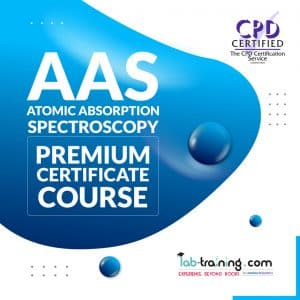 Certificate Course on AAS
Certificate Course on AAS  Certificate Course on GC
Certificate Course on GC  Certificate Course on High Performance Thin Layer Chromatography (HPTLC)
Certificate Course on High Performance Thin Layer Chromatography (HPTLC)  Certificate Course on ISO/IEC 17025:2017 - CPD Certified
Certificate Course on ISO/IEC 17025:2017 - CPD Certified  Certificate Course on Lab Safety
Certificate Course on Lab Safety 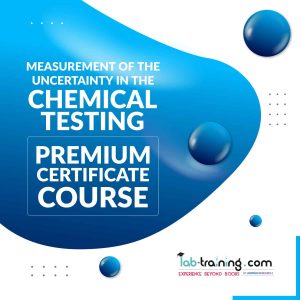 Certificate Course on Measurement Uncertainty in Chemical Testing
Certificate Course on Measurement Uncertainty in Chemical Testing 
 AAS, GC & HPLC Certificate Course Bundle
AAS, GC & HPLC Certificate Course Bundle  Certificate Course on AAS
Certificate Course on AAS  Certificate Course on GC
Certificate Course on GC  Certificate Course on High Performance Thin Layer Chromatography (HPTLC)
Certificate Course on High Performance Thin Layer Chromatography (HPTLC)  Certificate Course on ISO/IEC 17025:2017 - CPD Certified
Certificate Course on ISO/IEC 17025:2017 - CPD Certified  Certificate Course on Lab Safety
Certificate Course on Lab Safety  Certificate Course on Measurement Uncertainty in Chemical Testing
Certificate Course on Measurement Uncertainty in Chemical Testing 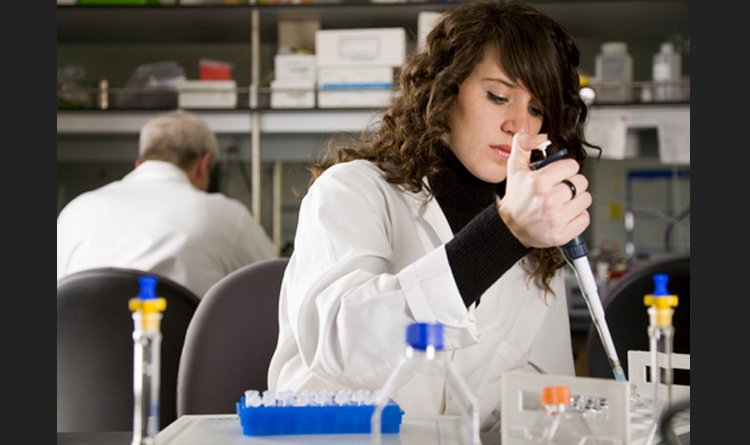

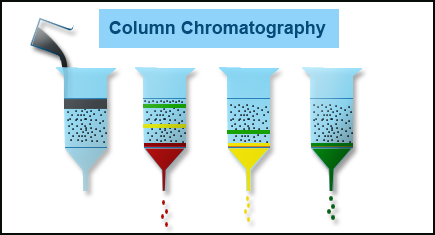
Responses